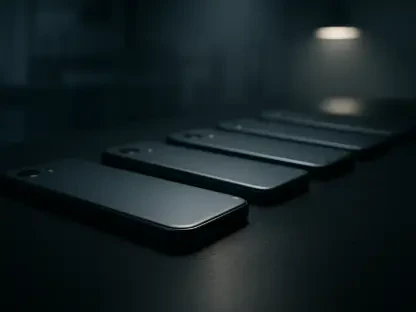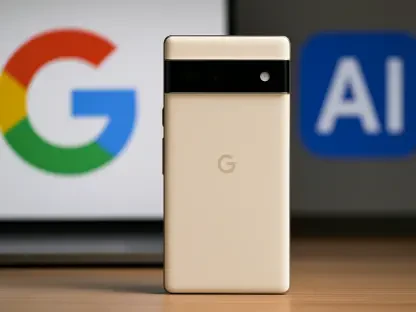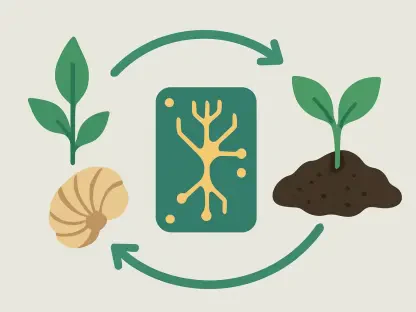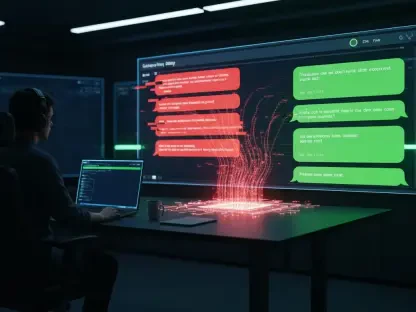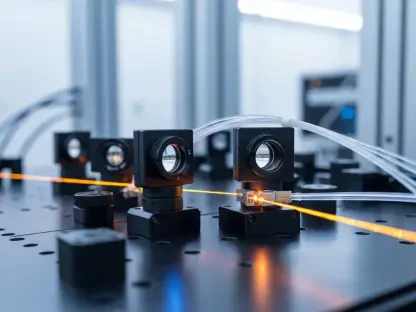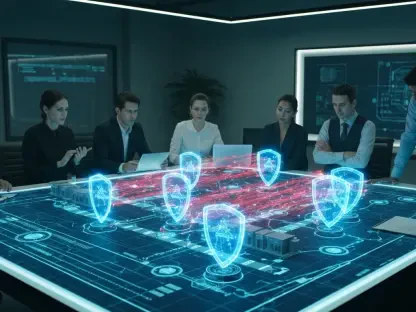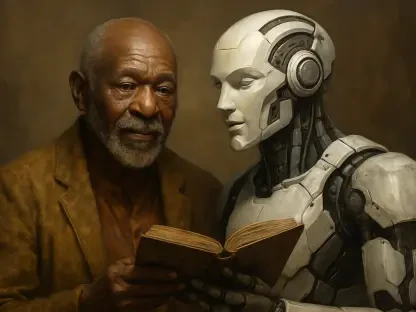Oscar Vail stands at the intersection of technology and the future, embracing cutting-edge advancements while advocating for open-source collaborations. His work on simulations for extraterrestrial rover missions has been pivotal in understanding and overcoming challenges faced by robotic explorers. Today, we delve into his insights on how his research is reshaping both space exploration and terrestrial engineering.
Can you explain the main issue that causes robotic space rovers to get stuck in soft terrain on extraterrestrial missions?
Rovers often get stuck because traditional testing methods don’t consider extraterrestrial conditions accurately. On missions, soft terrain like sand behaves differently due to lower gravitational forces on bodies like the moon or Mars. Without traction, rovers can easily become immobilized, requiring mission control to take painstaking measures to free them.
How did your team at UW–Madison discover the flaw in rover testing methods on Earth?
Our breakthrough came during simulations of the VIPER rover. We noticed discrepancies in how rovers behaved on Earth compared to our lunar simulations. These simulations revealed that the gravitational effects on Earth’s sand were being overlooked, leading to overly optimistic predictions about rover performance in space.
Could you elaborate on why the traditional approach of using prototypes with a sixth of the rover’s mass is problematic?
Using scaled-down rovers simulates weight but neglects the interaction forces between sand and the rover. Earth’s gravity makes sand more compact and stable, which gives a misleading sense of the rover’s capabilities. In lower gravity, sand is much looser, impacting the rover’s ability to move.
How does Earth’s gravity affect the sand in a way that’s different from gravitational conditions on the moon or Mars?
On Earth, the stronger gravitational pull compresses sand particles, making the surface more solid. This allows rovers to traverse more easily. In contrast, the moon’s weaker gravity doesn’t compact the sand, resulting in a fluffier surface that offers less support and more potential for wheels to sink.
What is Project Chrono, and how did it aid your research in understanding rover mobility?
Project Chrono is our open-source physics simulation tool, enabling detailed modeling of how vehicles interact with various surfaces. For rover mobility, it helps simulate conditions like those on the moon, providing insights into how granular surfaces respond under different gravitational pulls and offering a virtual testing ground that more accurately reflects extraterrestrial challenges.
How did you validate your findings about the discrepancies in rover mobility simulations?
We cross-referenced our simulation results with controlled experiments using lunar analog materials in low-gravity zones and compared them to standard Earth tests. These comparisons confirmed our predictions, reinforcing the need for revised testing techniques that consider both the rover’s mass and the substrate’s physics.
Can you discuss the significance of accurately testing rovers for extraterrestrial surfaces with low gravity environments?
Correct simulation of extraterrestrial conditions is vital for mission success. Accurate testing helps engineers anticipate problems, design better solutions, and avoid costly interventions when rovers find themselves trapped in unpredicted terrain. This reduces risks and optimizes resource allocation during actual missions.
What are some real-world engineering challenges on Earth that your research could help solve?
Our research extends to off-road vehicle design, construction equipment, and any machinery operating on uncertain terrains. By understanding how these systems interact with loose surfaces, we help improve their stability and performance, whether on a rugged battlefield or a construction site.
What inspired the development of Project Chrono into an open-source physics simulation engine?
The driving force was democratizing access to high-level simulation tools. Open-source projects allow researchers and practitioners from various fields to innovate and collaborate, fostering an environment of shared knowledge and rapid advancement across industries.
Could you share some examples of industries or organizations that have applied Chrono to their mechanical systems?
Beyond space exploration, Chrono is used in automotive design, military applications for off-road vehicle analysis, and even in robotics for warehousing systems. It’s found use in everything from optimizing precision machinery like watches to enhancing the durability and functionality of heavy equipment.
What challenges does your team face in maintaining and supporting Chrono as a free and publicly available tool?
Balancing scalability with support is a constant challenge. As adoption grows, so does the need for documentation, user assistance, and troubleshooting. We strive to provide robust support while continually updating the software to incorporate emerging technologies and user feedback.
How do you balance the openness of Chrono with the need to keep innovating and enhancing the software?
The open-source model thrives on contributions and community feedback. By being transparent with our development process and actively engaging with users, we harness diverse perspectives and expertise, continually pushing the boundaries of what’s possible within the software’s framework.
Can you describe the collaboration with NASA and other institutions in your research and development efforts?
Collaborating with NASA and academic institutions facilitates knowledge transfer and resource sharing. These partnerships enable joint research initiatives that lead to incremental innovations, practical applications, and, ultimately, enhancements in simulation accuracy and rover design.
Are there any upcoming projects or missions that your team at UW–Madison is focusing on using Chrono?
We’re currently investigating applications on future lunar and Mars missions, refining Chrono’s capabilities to handle even more complex terrain challenges. There’s also ongoing work related to Earth-based applications, such as autonomous vehicle navigation in rough terrains.
How has support from organizations like NSF, the U.S. Army Research Office, and NASA influenced your work?
Support from these organizations provides both credibility and financial resources necessary to conduct extensive research, acquire data, and refine our simulations. Such backing also fosters collaborations and opens doors to new projects, driving innovation and development.
What do you think the future holds for space exploration with the advancements in rover testing and simulation?
The future of space exploration looks promising with enhanced simulation tools. We can expect more efficient mission planning, fewer technical surprises, and expanded exploration capabilities. This foundational understanding will pave the way for ambitious projects, potentially leading to sustainable human and robotic presence beyond Earth.


